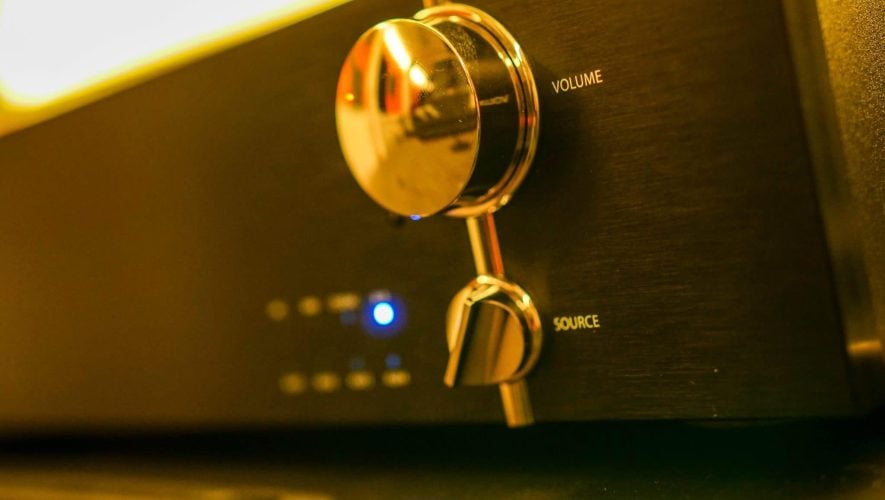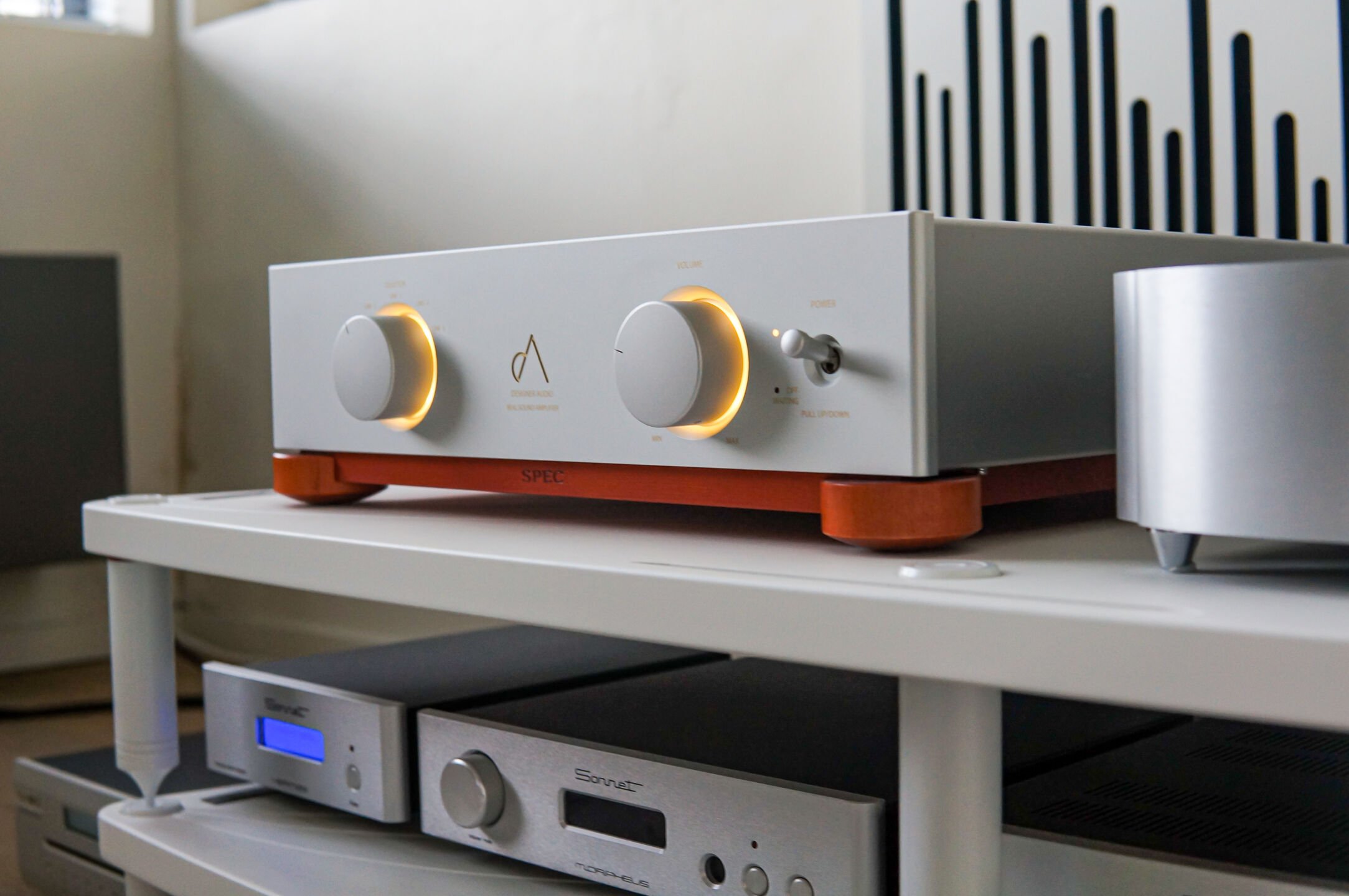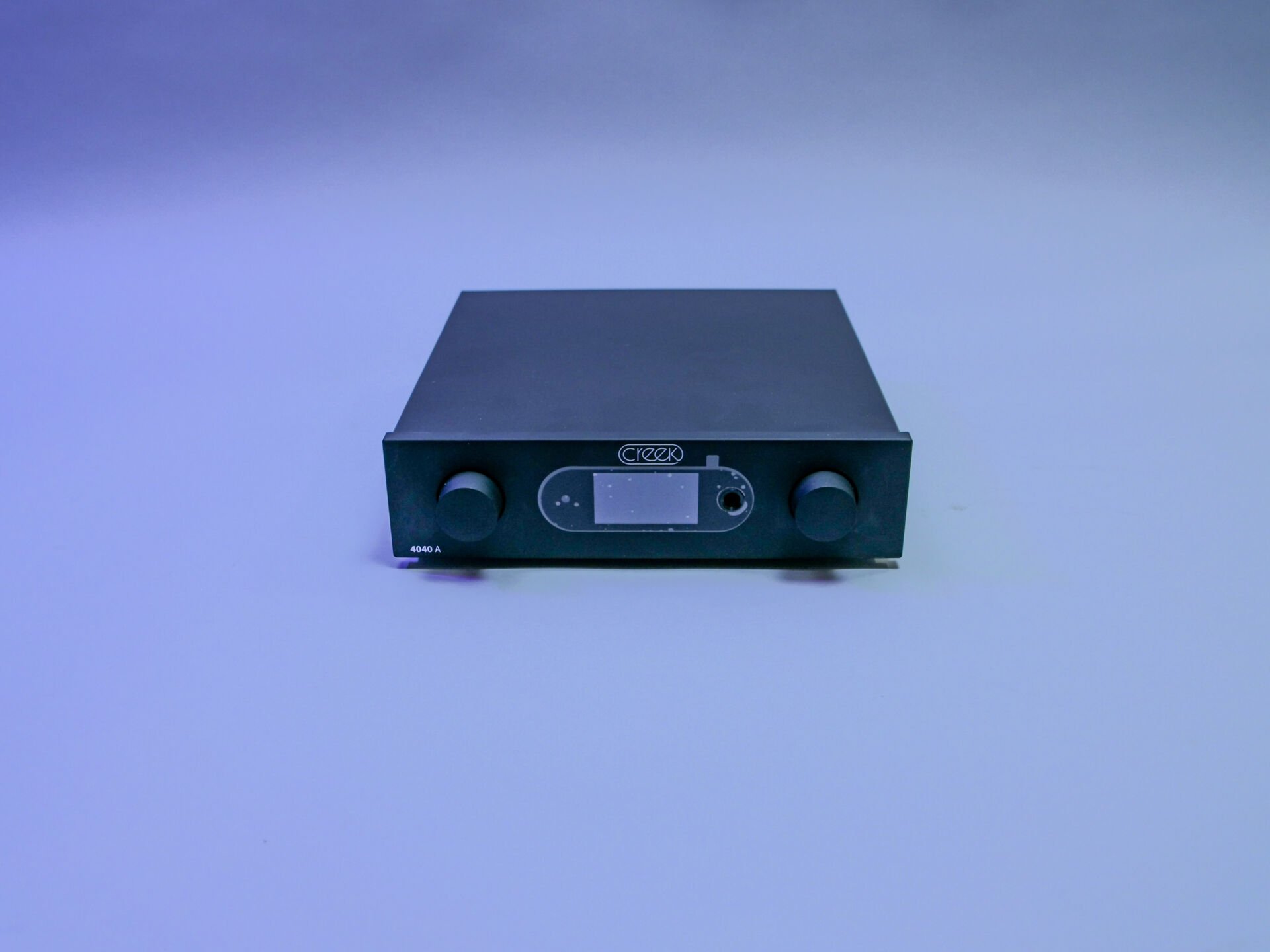

Intro
Contents
We received a request from an unexpected source to listen to an amplifier. The Polish Soundastic emailed us to be exact. After a brief look at their website we decide that the company and the product are interesting enough to take a look at. We take a look at the Soundastic Reference integrated amplifier.
There are an incredible number of audio brands. Too many to be honest. However, there are not many brands that really develop their own products and put well finished products on the market. Soundastic – formerly Struss Audio – succeeds in doing this quite well. The amplifier is well built and has all the – analogue – inputs that anyone could wish for. An XLR input, phono (MM and MC) and a series of single ended inputs.
The amplifier is built around a class AB principle with – we estimate – a nice class A bias. According to the website, the Reference delivers 2 x 140 watts into 8 Ohms and 260 watts into 4 Ohms. We measure a little less: 122 watts into 8 ohms and 246 watts into 4 ohms at about 0.035%. Still not bad and in many cases more than enough to play at nice levels. The fact is: the power output is very stable (it doubles at half the impedance). But more about that later.
Under the hood
Under the hood, things look neat. We see a cooling system that consists of a big plate of aluminum at the bottom where the transistors sit and a cooling fin at the side where the heat can escape through the open parts in the hood. Two large transformers – Thyssen 500VA models – and 4 x 12,000 uF capacitors provide the power supply some extra buffer.
The construction appears to be dual mono. Each channel gets 4 transistors to generate the power to the speakers. It is noteworthy that Soundastic internally uses large cables to the speaker terminals. We do not always see that. The question is, of course, how thick it should be at such short distances, but we think it’s a nice detail.
Shiny
The amplifier itself is quite soberly designed. However, the knobs are done in striking shiny gold. You have to love that. By the way, our volume knob had some friction after ’12 o clock’. It is attached with a very small socket; a size we do not have lying around. So we could not fix it.
The remote control is also a thing to mention. Finally a manufacturer that wants to make something special of it. Soundastic has made a sizable – round – block of aluminum with two shiny buttons for volume. Unfortunately, input cannot be controlled. Standby does not exist for Soundastic either. Just turn the left button on the front: also fine of course.

















I listened to the three files you kindly arranged and the sound was deliciously sublime, the amp with system certainly worked…!
Yes. It did! It sounds very fluid.
I listened to the three files you kindly arranged and the sound was deliciously sublime, the amp with system certainly worked…!
Yes. It did! It sounds very fluid.
Hello Jaap, interesting review.
Where exactly is the location of the 8 power transistors, are they mounted to the bottom of the chassis or to that big heat sink?
The power rating didn’t quite make what the manufacturer states but it’s still impressive that it double its power into 4 Ohm.
Question: the (THD + N) of .03671 – would that equal a SINAD OF 72 DB (approximately)?
Brian
Hello Jaap, interesting review.
Where exactly is the location of the 8 power transistors, are they mounted to the bottom of the chassis or to that big heat sink?
The power rating didn’t quite make what the manufacturer states but it’s still impressive that it double its power into 4 Ohm.
Question: the (THD + N) of .03671 – would that equal a SINAD OF 72 DB (approximately)?
Brian